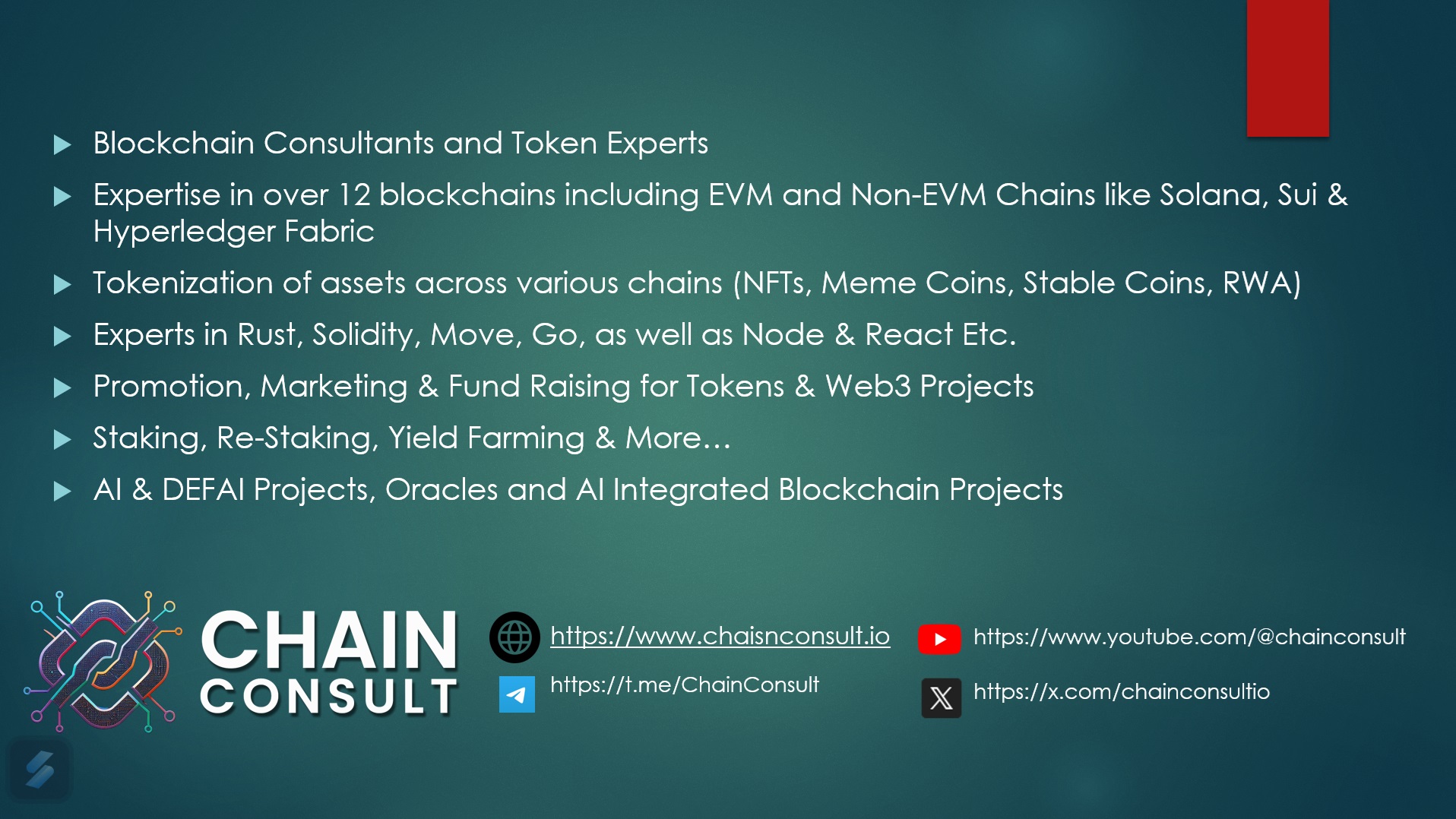
The blockchain industry has emerged as one of the most exciting frontiers in technology, disrupting traditional financial systems, supply chains, and digital identity management. However, launching a successful blockchain startup requires significant funding, as the industry is highly competitive, resource-intensive, and often faces regulatory challenges. Whether you’re developing a decentralized finance (DeFi) platform, a non-fungible token (NFT) marketplace, or an enterprise blockchain solution, securing the right funding is crucial for your startup’s success.
Understanding the Blockchain Funding Landscape
Before you start raising funds, it’s essential to understand the unique nature of funding in the blockchain space. Unlike traditional startups, blockchain companies often have alternative fundraising methods, including Initial Coin Offerings (ICOs), Security Token Offerings (STOs), and Decentralized Autonomous Organizations (DAOs).
Key Funding Options for Blockchain Startups
- Bootstrapping
- Angel Investors
- Venture Capital (VC) Firms
- Initial Coin Offering (ICO)
- Security Token Offering (STO)
- Initial Exchange Offering (IEO)
- Decentralized Autonomous Organization (DAO) Funding
- Grants and Accelerator Programs
- Crowdfunding Platforms
Let’s break down each of these funding options in detail.
1. Bootstrapping
Many blockchain founders begin their journey by funding their startup themselves. Bootstrapping involves using personal savings, revenue generated from previous ventures, or reinvesting profits from early-stage business activities.
Advantages of Bootstrapping
- Complete ownership and control
- No need to share equity or profits with investors
- Freedom to pivot and make independent decisions
Challenges of Bootstrapping
- Limited capital may slow growth
- High personal financial risk
- Difficult to scale without external funding
2. Angel Investors
Angel investors are high-net-worth individuals who provide early-stage funding in exchange for equity. They often invest based on the potential of the idea and the strength of the founding team rather than immediate profitability.
Finding Angel Investors
- Blockchain-focused angel networks (e.g., AngelList, Crypto Valley)
- Industry conferences and networking events
- LinkedIn and crypto-focused online communities
Key Considerations
- Be prepared to offer equity in exchange for funding
- Angel investors may provide mentorship and strategic connections
3. Venture Capital (VC) Firms
VC firms are professional investment entities that provide funding to startups with high growth potential. Blockchain-focused VC firms such as Andreessen Horowitz (a16z), Pantera Capital, and Blockchain Capital actively invest in the space.
How to Attract VC Funding
- Develop a strong business plan and roadmap
- Build a working prototype or Minimum Viable Product (MVP)
- Show market demand and competitive differentiation
- Network with investors through blockchain conferences and pitch events
Pros and Cons
Pros: Access to large amounts of funding, mentorship, and strategic partnerships Cons: Loss of equity and potential dilution of ownership
4. Initial Coin Offering (ICO)
ICOs were one of the most popular fundraising methods during the 2017-2018 crypto boom. Startups issue utility tokens that investors purchase with cryptocurrencies like Bitcoin or Ethereum.
Steps to Launch an ICO
- Define the Use Case – Clearly explain the utility of your token.
- Develop a Whitepaper – A detailed document outlining your project, tokenomics, and technical details.
- Legal Compliance – Ensure compliance with regulations in different jurisdictions.
- Smart Contract Development – Create and audit smart contracts for token distribution.
- Marketing and Community Building – Use social media, influencers, and crypto communities to gain traction.
- Token Sale and Distribution – Offer tokens through private and public sales.
Risks and Challenges
- Regulatory scrutiny and legal risks
- Market volatility and investor skepticism
- Competition from established projects
5. Security Token Offering (STO)
Unlike ICOs, STOs involve the issuance of security tokens that represent ownership in an asset, such as equity in a company or revenue-sharing rights. These tokens are subject to securities regulations.
Benefits of STOs
- Increased investor confidence due to regulatory compliance
- Access to institutional investors
- Lower fraud risk compared to ICOs
Steps to Launch an STO
- Choose a compliant jurisdiction
- Develop security token standards
- Partner with regulated exchanges for token listing
- Conduct an investor outreach campaign
6. Initial Exchange Offering (IEO)
An IEO is conducted on a cryptocurrency exchange, which acts as an intermediary to facilitate the token sale. Platforms like Binance Launchpad and KuCoin Spotlight have hosted successful IEOs.
Advantages
- Higher trust due to exchange verification
- Access to the exchange’s user base
- Streamlined token sale process
How to Get Listed for an IEO
- Meet the exchange’s due diligence requirements
- Build a strong project with a working product
- Invest in marketing and community engagement
7. Decentralized Autonomous Organization (DAO) Funding
DAOs enable decentralized funding through community voting and governance mechanisms. Projects can raise funds from DAO treasuries or through governance token sales.
Examples of DAO Funding Platforms
- Gitcoin Grants
- MakerDAO
- MolochDAO
Considerations
- Requires strong community engagement
- Governance mechanisms must be transparent and fair
8. Grants and Accelerator Programs
Blockchain startups can apply for grants from foundations like the Ethereum Foundation, Binance Labs, and Web3 Foundation. Accelerator programs such as Techstars and ConsenSys Accelerator also provide mentorship and funding.
How to Apply
- Identify grant programs relevant to your blockchain niche
- Submit a detailed proposal with clear deliverables
- Engage with the grant-providing community
9. Crowdfunding Platforms
Equity crowdfunding platforms like Republic and SeedInvest allow startups to raise capital from a large number of retail investors.
Benefits
- Access to a broad investor base
- Community-driven funding
Challenges
- Requires extensive marketing
- Compliance with regulatory requirements

